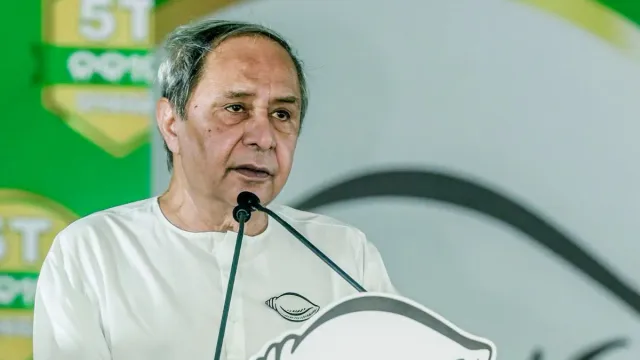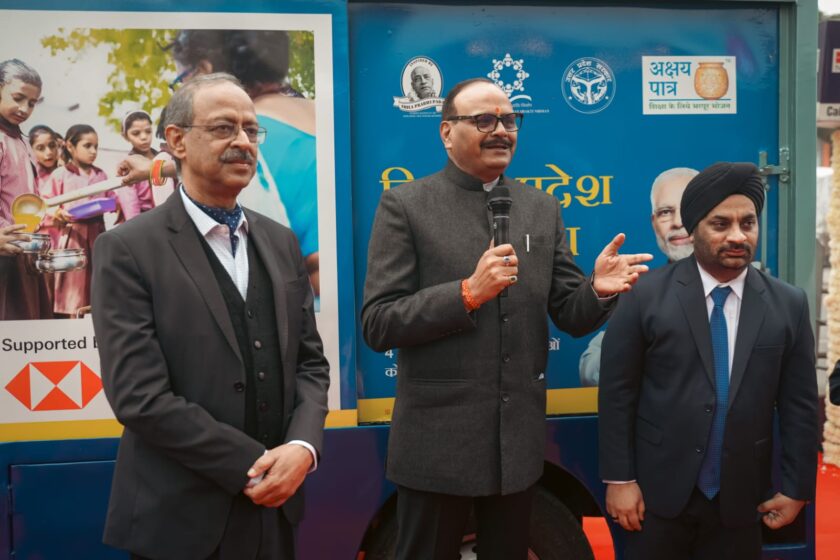Bhubaneswar: Naveen Patnaik’s candid admission of the BJD’s electoral defeat in Odisha, despite securing a substantial popular vote, throws into sharp relief the potent power of a well-crafted, albeit “misleading,” narrative. The former chief minister’s assertion that the party failed to effectively counter the BJP’s campaign highlights a critical vulnerability in modern political warfare: the battle for public perception.
The 2024 Odisha elections were not just a contest of policies and promises; they were a clash of narratives. The BJP, with its aggressive and pervasive campaign, succeeded in shaping the electoral discourse, leaving the BJD scrambling to defend itself. Patnaik’s acknowledgment that the primary tactic against his party was the “spreading of a false narrative” underscores the BJP’s strategic deployment of misinformation and targeted messaging.
This isn’t merely a lament; it’s a stark warning. In the age of social media, where information and misinformation spread with equal velocity, the ability to control the narrative is paramount. The BJD’s failure to effectively leverage these platforms proved to be a critical misstep. Patnaik’s call to “significantly enhance the party’s social media presence” is a belated, yet necessary, recognition of this reality.
The BJD’s historical strength, rooted in its grassroots network and its developmental agenda, proved insufficient against the BJP’s sophisticated propaganda machine. The BJP’s ability to create a compelling, if not entirely accurate, narrative resonated with the electorate, overshadowing the BJD’s achievements. This highlights a crucial lesson for all political parties: substance alone is no longer enough; effective communication is equally vital.
Patnaik’s emphasis on “exposing this false narrative” and “telling facts” reflects a growing awareness of the need for proactive engagement in the information ecosystem. The BJD’s future hinges on its ability to adapt and counter the BJP’s narrative dominance. This requires not just a robust social media presence, but also a strategic communication plan that can effectively disseminate accurate information and debunk falsehoods.

Furthermore, Patnaik’s reiteration of the BJD’s commitment to serving the people, regardless of its position in power, is an attempt to salvage the party’s image and reassure its supporters. By emphasizing the party’s foundational principles and its dedication to the welfare of all segments of society, he seeks to rebuild trust and reaffirm the BJD’s relevance.
The legacy of Biju Patnaik, invoked by his son, serves as a reminder of the party’s ideological roots and its commitment to the people of Odisha. This appeal to historical principles is a strategic move to rally the party faithful and reinforce the BJD’s identity in the face of adversity.
The BJD’s electoral defeat is a wake-up call, a stark reminder that in the contemporary political landscape, the battle for narratives is as crucial as the battle for votes. The party’s ability to learn from this experience and adapt to the changing dynamics of political communication will determine its future. The narrative battlefield is now open, and the BJD must equip itself to fight, or risk being swept aside by the tide of misinformation.





